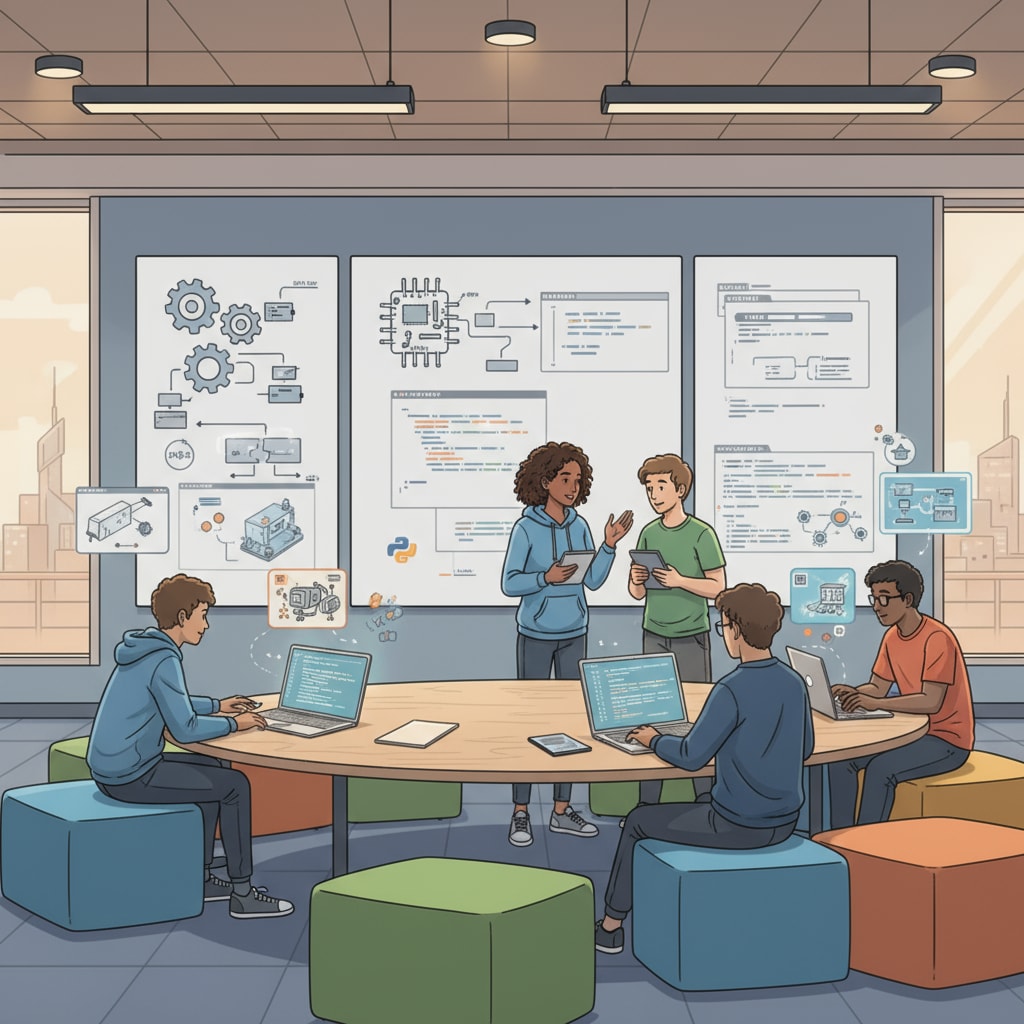Alternative education pathways for engineering and computer science are becoming increasingly crucial for students who wish to bypass irrelevant subjects in the traditional K12 education system. In today’s rapidly evolving technological landscape, the demand for professionals in these fields is soaring. However, the conventional educational route may not always be the most efficient or suitable for every aspiring engineer or computer scientist.

Stepping Beyond Traditional Boundaries
Traditional K12 education often includes a broad range of subjects, some of which may not directly relate to engineering or computer science. This can pose a challenge for students with a clear passion for these technical fields. For example, a student highly interested in coding may find long hours spent on certain humanities subjects as a hindrance. As a result, exploring alternative paths becomes a viable solution.

The GED Option
The General Educational Development (GED) certificate offers one such alternative. It provides a way for students to demonstrate their high school-level academic skills without going through the entire traditional high school curriculum. This can be a great option for those who want to fast-track their way to engineering or computer science education. According to Wikipedia, many colleges and universities accept GED certificates for admission. It allows students to focus more on the relevant coursework needed for their desired fields.
Professional Training Programs
In addition to the GED, professional training programs are gaining popularity. These programs are specifically designed to provide hands-on skills and knowledge required in engineering and computer science. For instance, coding bootcamps are short, intensive courses that teach practical programming skills. These can be a quicker way for students to enter the job market compared to a traditional four-year degree. As explained on Britannica, vocational and professional training can bridge the gap between education and industry needs.
Another advantage of these alternative education pathways is the flexibility they offer. Students can often study at their own pace, fitting their learning around other commitments. This is especially beneficial for those who may be working part-time or have family responsibilities. In conclusion, alternative education pathways for engineering and computer science are opening up new opportunities for students to achieve their career dreams. By bypassing irrelevant subjects, they can focus on what truly matters and make their mark in these dynamic fields. Readability guidance: The paragraphs are kept short and to the point. Lists are used to present key points clearly. Passive voice is minimized, and transition words like ‘however’, ‘for example’, ‘as a result’ and ‘in addition’ are used to improve flow. Each H2 section has a clear focus and provides useful information for readers interested in alternative education in engineering and computer science.


